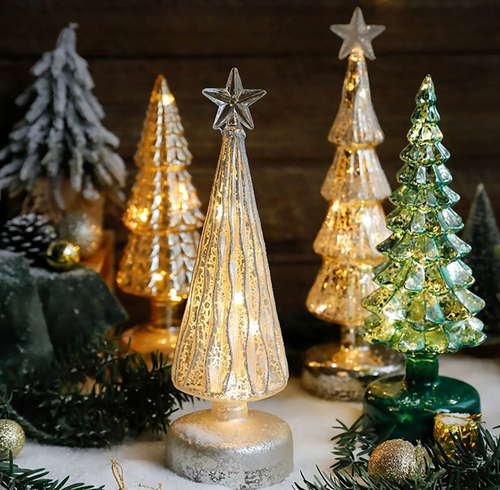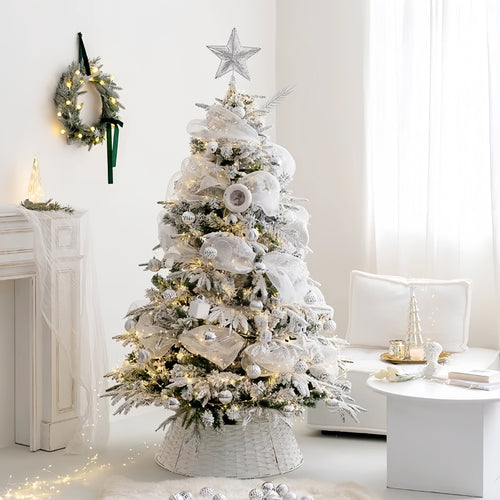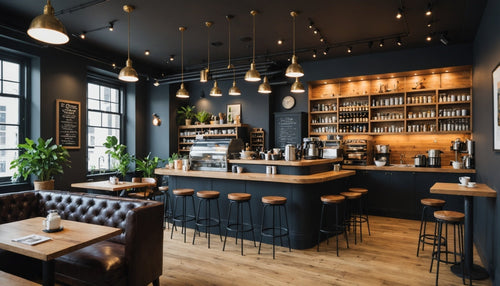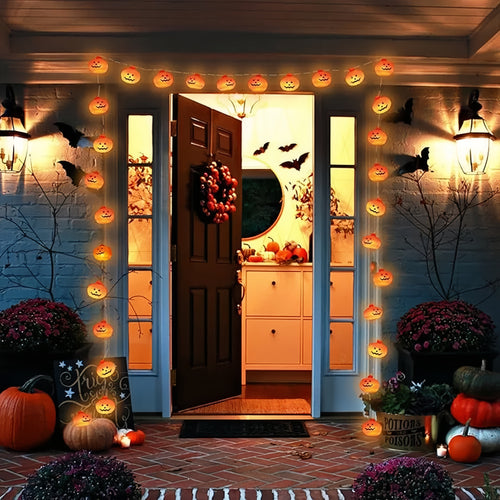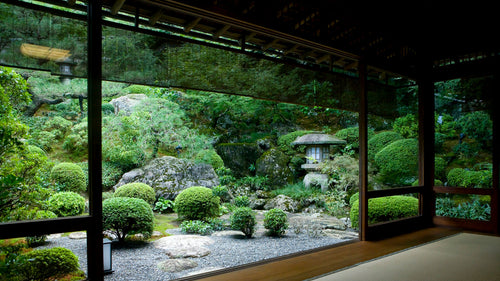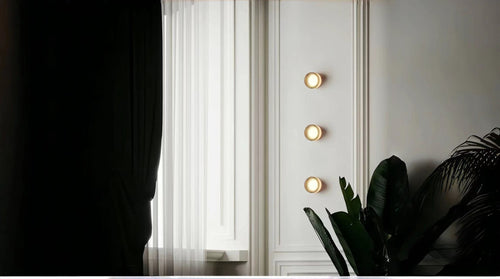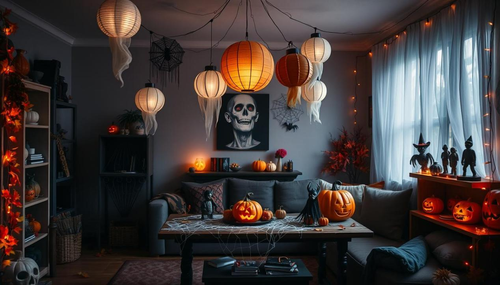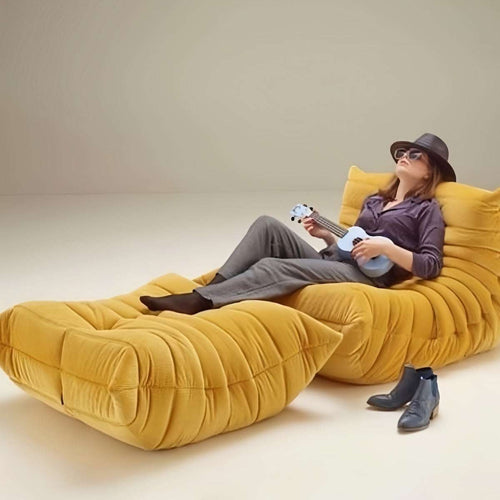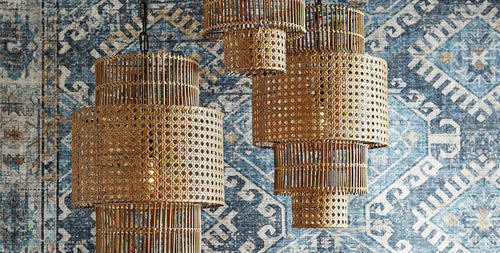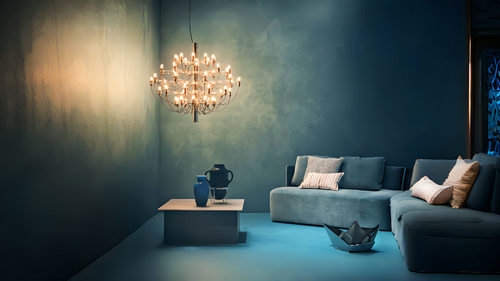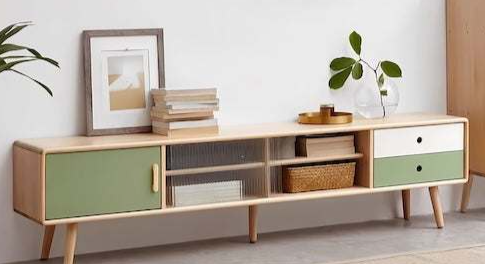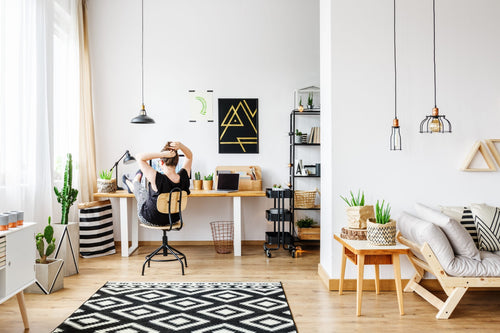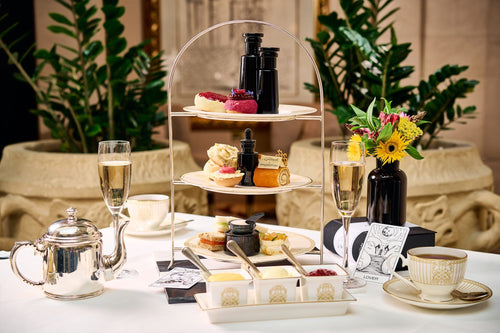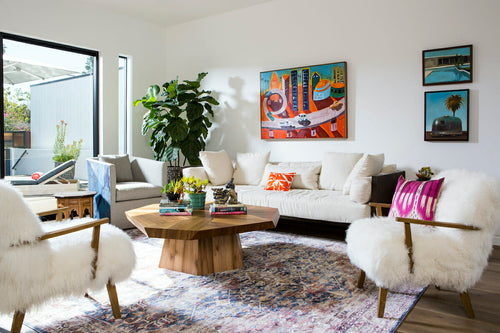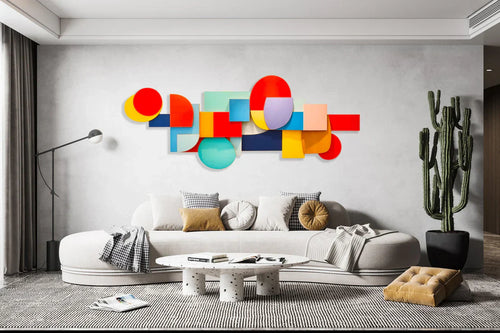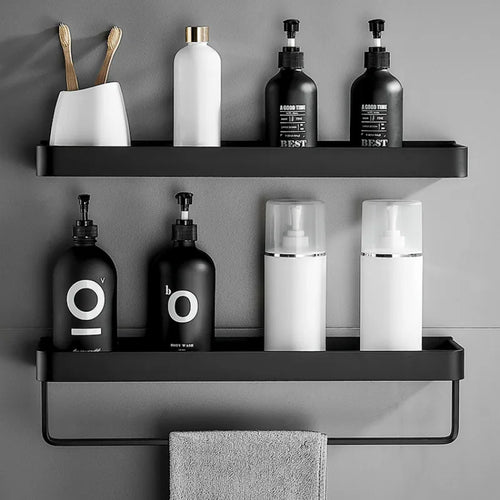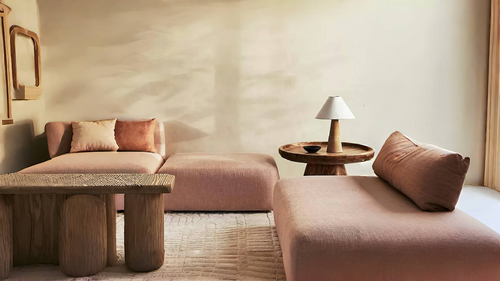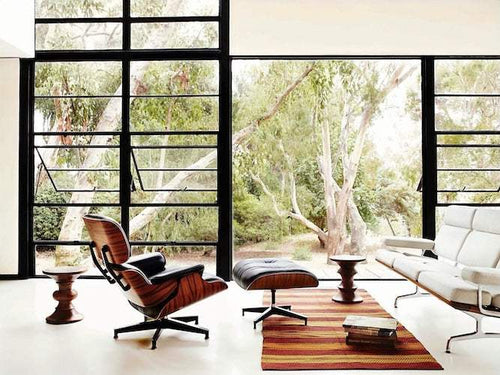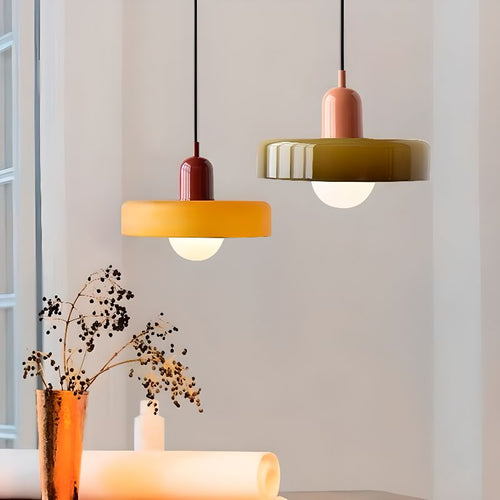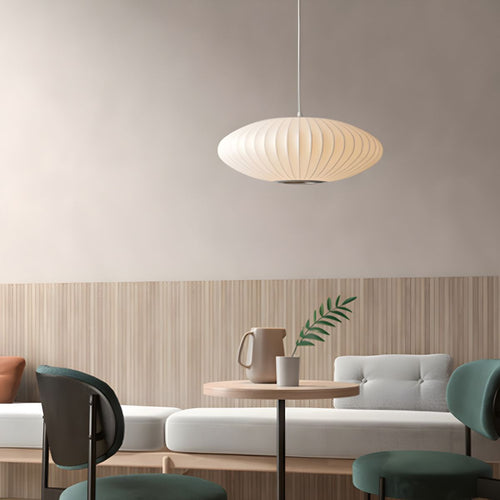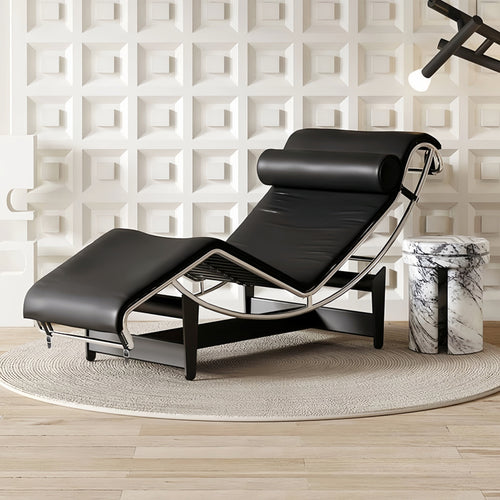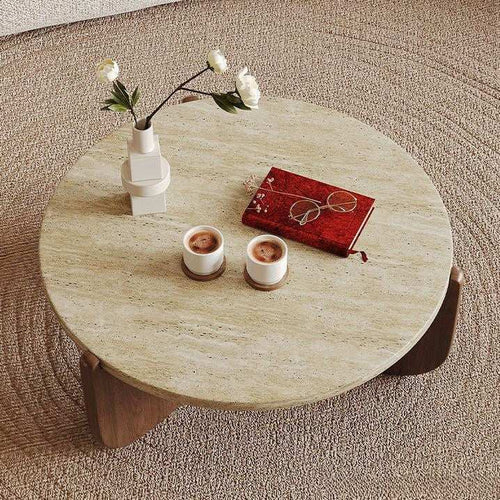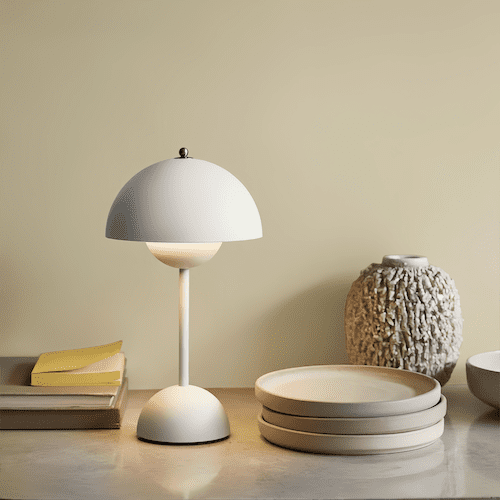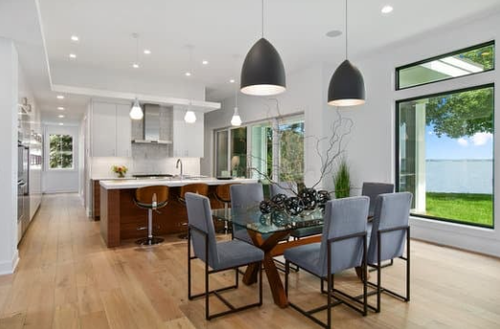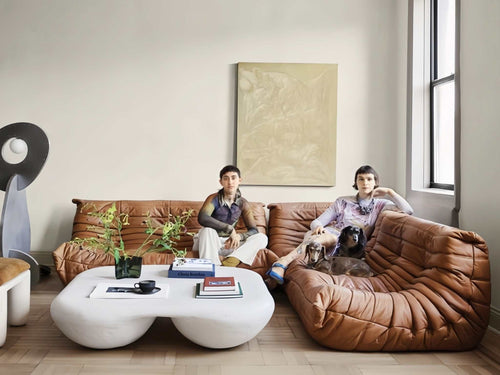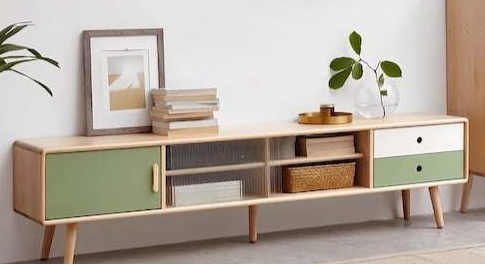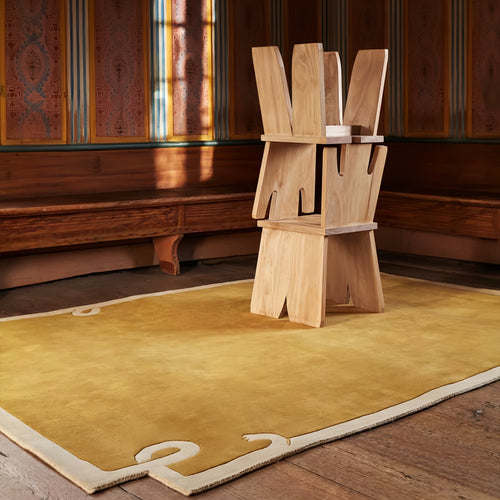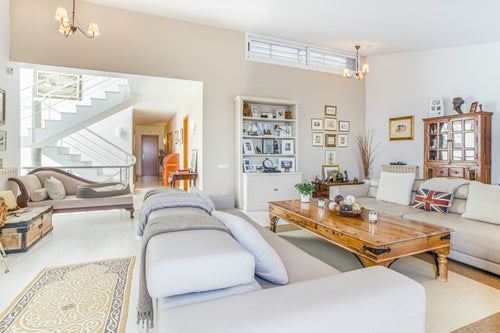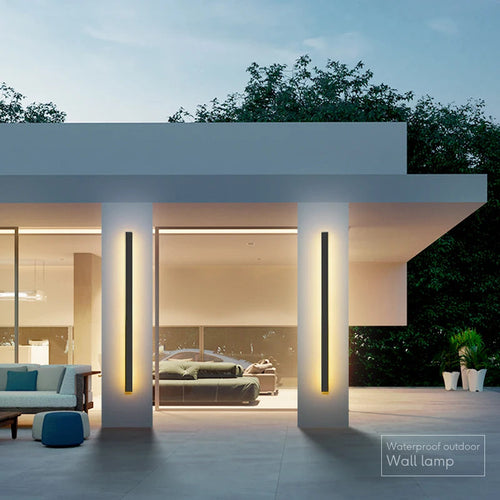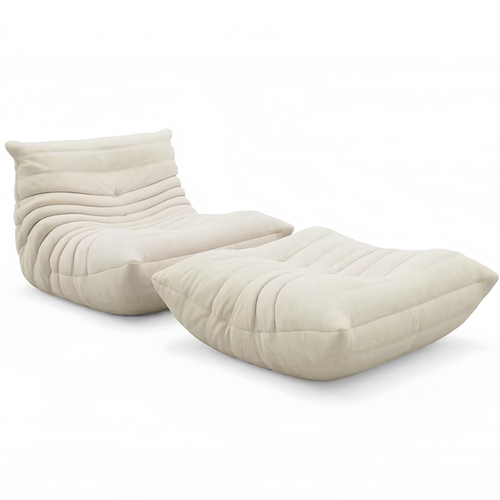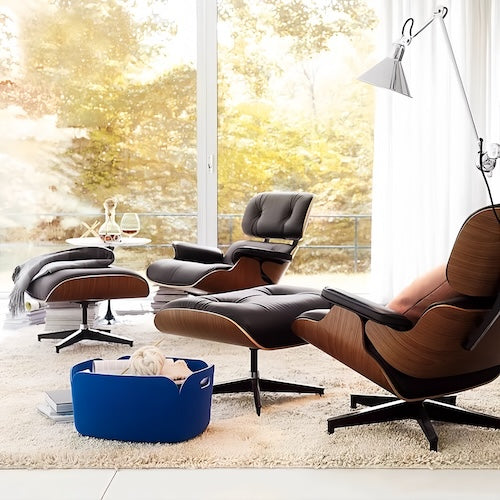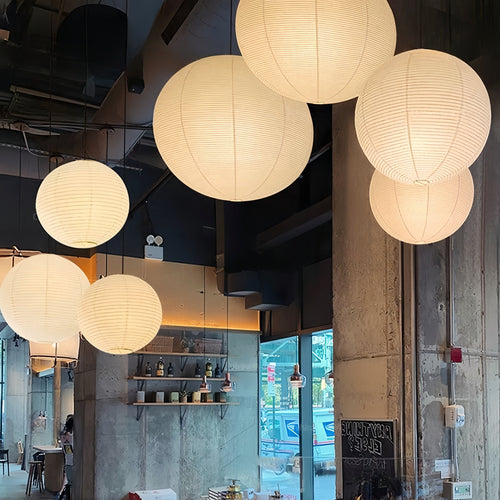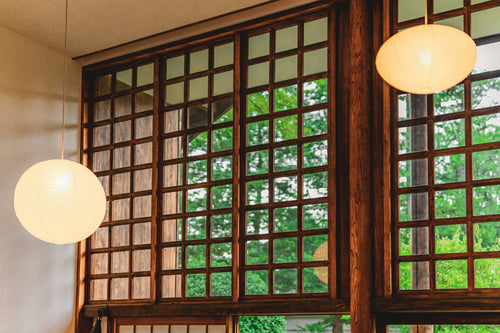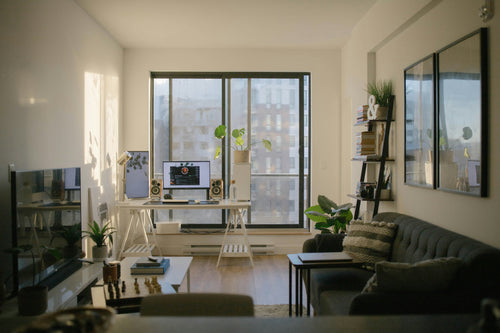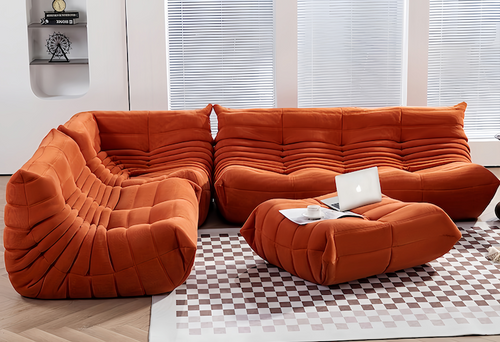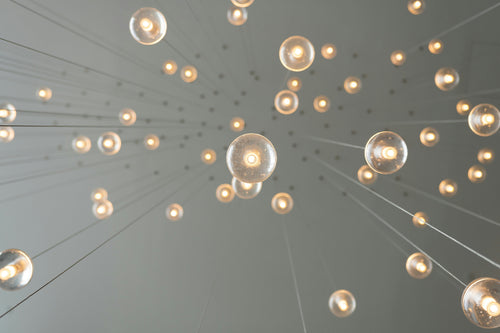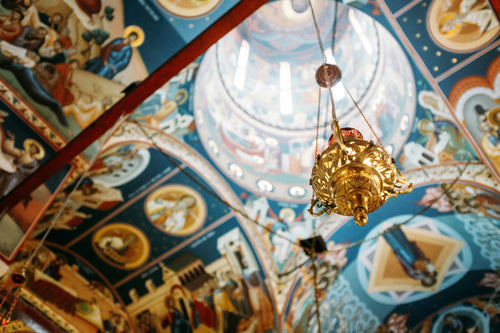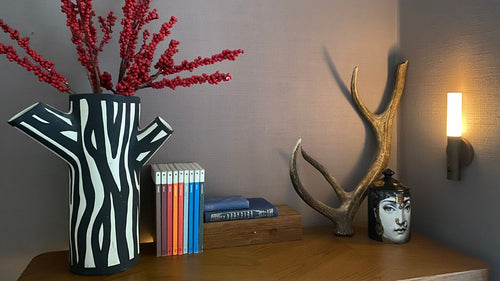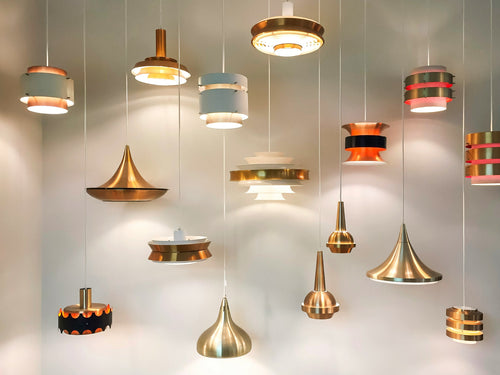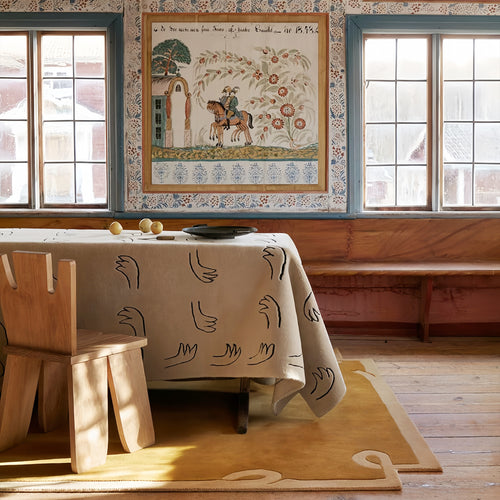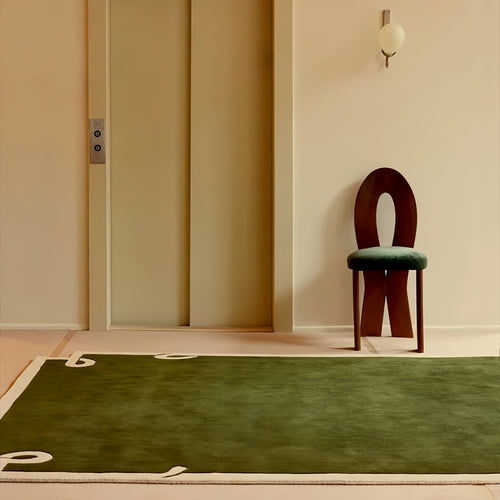A light fixture that gets wet poses a potential safety hazard. Conductive water can create an electrical arc between the screw base and the bulb.
Decorative fixtures like chandeliers or candlestick sconces provide ambient lighting. Task lighting can come from flush mounts or recessed lights.
The best option for bathroom lighting is an LED with a high CRI and colour temperature. The GE Reveal LED is an example.
What kind of lightbulb should you use in a bathroom?
Lighting is one of the most important features in a bathroom, not only for visibility and safety but also for creating a certain ambiance. Whether you are looking for something bright and energy-efficient or warm and cosy, there is a light bulb to suit your needs.
Most lighting experts recommend LED bulbs for bathroom spaces. Compared to conventional halogen or compact fluorescent (CFL) bulbs, which are susceptible to water or condensation damage, these bulbs are more robust and moisture-resistant. LEDs are also incredibly efficient and last 25 percent longer than halogen bulbs.
When choosing a light bulb for a bathroom, it is important to consider the colour temperature and brightness. The colour temperature of a light bulb is measured in Kelvins (K) and can be adjusted depending on your preferences. Cooler temperatures (5000K–6500K) provide a bright, white colour that is ideal for task-oriented areas, while warmer temperatures (2700K–3000K) create a soft and relaxing atmosphere. Most importantly, it is essential that the light bulb you choose is compatible with your fixture’s maximum wattage rating.
Halogens
Often used in chandeliers, wall sconces, and vanity lights, halogen bulbs are more durable than incandescents. They are also more efficient than their counterparts, using less electricity to produce the same amount of light. They contain a halogen gas (fluorine, chlorine, bromine, or iodine) that produces high temperatures inside the bulb to make it work. They also operate at higher pressures, which requires the bulb to be made from stronger materials.
If you are replacing a fixture with multiple bulbs, such as in a chandelier, carefully remove each bulb individually before turning on the fixture to see if it’s working. This will prevent accidental shocks.
Natural light
Natural light is a cost-effective source of lighting that can enhance your bathroom design. It offers an attractive alternative to electric lights that is easy on the wallet and also serves as a mood booster. To make the most of natural light, incorporate it into your bathroom design as much as possible.
Window placement is a crucial element in natural light integration. Choosing windows with adjustable shading allows you to control how much sunlight enters the room. For example, you can select frosted glass for the lower windows to maintain privacy, while the upper windows allow natural light and views to enter the space.
If your home does not have a lot of natural light, consider adding an internal light to your renovation plan. This will illuminate multiple rooms throughout the day without incorporating any electricity. It’s important to choose a colour for your window well that complements the rest of your home. Darker colours absorb light, whereas whites and neutrals reflect it. Using the right colour can help your bathroom feel brighter and more spacious.
Energy efficiency
Energy-efficient bathroom bulbs are a great way to reduce your energy use. They produce the same amount of light as traditional incandescent bulbs but consume far less energy and don’t generate excess heat, which can make a room feel uncomfortable. LED lights also last much longer than other types of bulbs, so they are a smart, long-term investment that will save you money over time.
Another way to save energy is to insulate your home. This includes insulating water pipes. It takes a lot of energy to heat water, and some of that energy is lost through leaky pipes. Installing foam pipe insulation can prevent that waste and help you save energy.
Other energy-efficient options for the bathroom include awnings or skylights that let in natural light and insulating your hot water tank and ductwork. Finally, reducing your hot water usage by replacing old toilets with newer models that use less water per flush and showerheads that use less water during a shower can go a long way towards saving energy. Additionally, remember to unplug items like hair dryers and straighteners when not in use.
Dimming
Dimming allows you to control the light levels in your room, creating a new vibe and enhancing the enjoyment of your home. It’s particularly helpful for reading or doing crafts that require close work by reducing eye strain. In fact, it’s also been shown to help lower tension and anxiety by providing a calming effect for some people.
Installing a dimmer switch is an easy way to give your bathroom a fresh look. Before you get started, it’s important to make sure that the dimmer switch and the bulb are compatible. If the bulbs and switches are not matched correctly, you may experience flickering or fading, limited dimming range, or other problems.
To ensure that your dimmer switch is compatible with the bulbs you have selected, check the wattage of each bulb on the packaging or product specifications. Then, add up the total wattage of all the bulbs you are planning to use in your fixture and make sure it does not exceed the load capacity of your dimmer switch. To do this, simply multiply the voltage of each bulb by its current in amperes (A). Some drivers may use different methods to achieve dimming, such as pulse-width modulation (PWM) or amplitude modulation (AM), but these differences are generally invisible to the end user.


